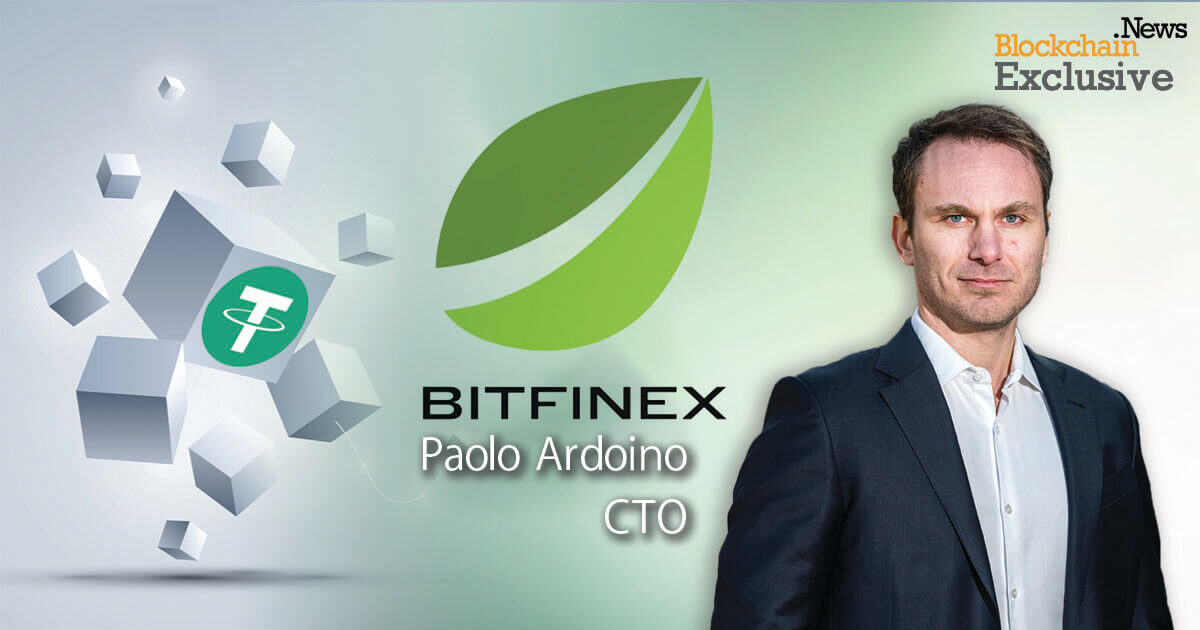Tony Kim
Sep 16, 2024 13:26
Two years after Ethereum’s Merge, the network faces scalability and fee challenges despite environmental benefits.
Two years after Ethereum’s highly anticipated Merge, the transition from Proof of Work (PoW) to Proof of Stake (PoS), the network continues to grapple with several significant challenges. Despite the Merge’s environmental benefits, Ethereum (ETH) has been facing issues related to scalability and high transaction fees, according to blog.bitfinex.com.
Scalability and Transaction Fees
Although the Merge significantly reduced Ethereum’s energy consumption, it did not fully address the network’s congestion and high transaction fees. These ongoing issues have driven users and developers towards Layer 2 solutions, such as Optimism, Arbitrum, and ZK-rollups, as well as alternative blockchains like Solana, Sui, and Aptos. This migration has resulted in decreased activity and revenue on the Ethereum network.
Competition from Layer 2 and Other Blockchains
Layer 2 solutions offer faster and cheaper transactions, while newer blockchains attract users with high throughput and low fees. This competition has significantly reduced Ethereum’s user activity. Additionally, the performance of Ethereum ETFs has not met expectations, contributing to ETH’s lower value relative to Bitcoin (BTC).
Market Sentiment
Market sentiment towards Ethereum has been negatively impacted by these challenges and the increasing competition from other ecosystems in the DeFi and NFT spaces. However, the future of Ethereum still holds significant potential.
The Future of Ethereum
Despite the hurdles, Ethereum’s future remains promising. Key factors that could shape its trajectory include:
- Scalability Upgrades: Upcoming upgrades, particularly sharding and further Layer 2 developments, are expected to greatly enhance Ethereum’s transaction throughput, addressing congestion and high fees, and potentially bringing users and developers back to the network.
- Developer Community: Ethereum boasts a vibrant and innovative developer community continuously working on new technologies. This support and contribution are crucial for Ethereum’s ongoing innovation and growth.
- Industry Standards: The Ethereum Virtual Machine (EVM) and Solidity have become industry standards for decentralized applications (DApps) and smart contracts, reinforcing Ethereum’s position as a foundational platform in the cryptocurrency ecosystem. This widespread adoption ensures that Ethereum will continue to play a central role in DeFi, NFTs, and other blockchain-based fields.
- Ethereum ETFs: Although the initial performance of Ethereum ETFs has been underwhelming, they still hold significant growth potential. As the market matures and investor confidence in Ethereum increases, these ETFs could attract more interest, opening new opportunities for traditional investors to access Ethereum.
In summary, while the Merge has brought some benefits, Ethereum faces substantial challenges. Despite intense competition, Ethereum has the capability to overcome these current issues and reassert its leadership in the cryptocurrency space. The success of Ethereum will depend on the implementation of crucial upgrades, performance improvements, and meeting the growing demands of users and developers. If Ethereum can achieve this, it will remain one of the leading blockchain projects and significantly contribute to the industry’s overall development.
Image source: Shutterstock














